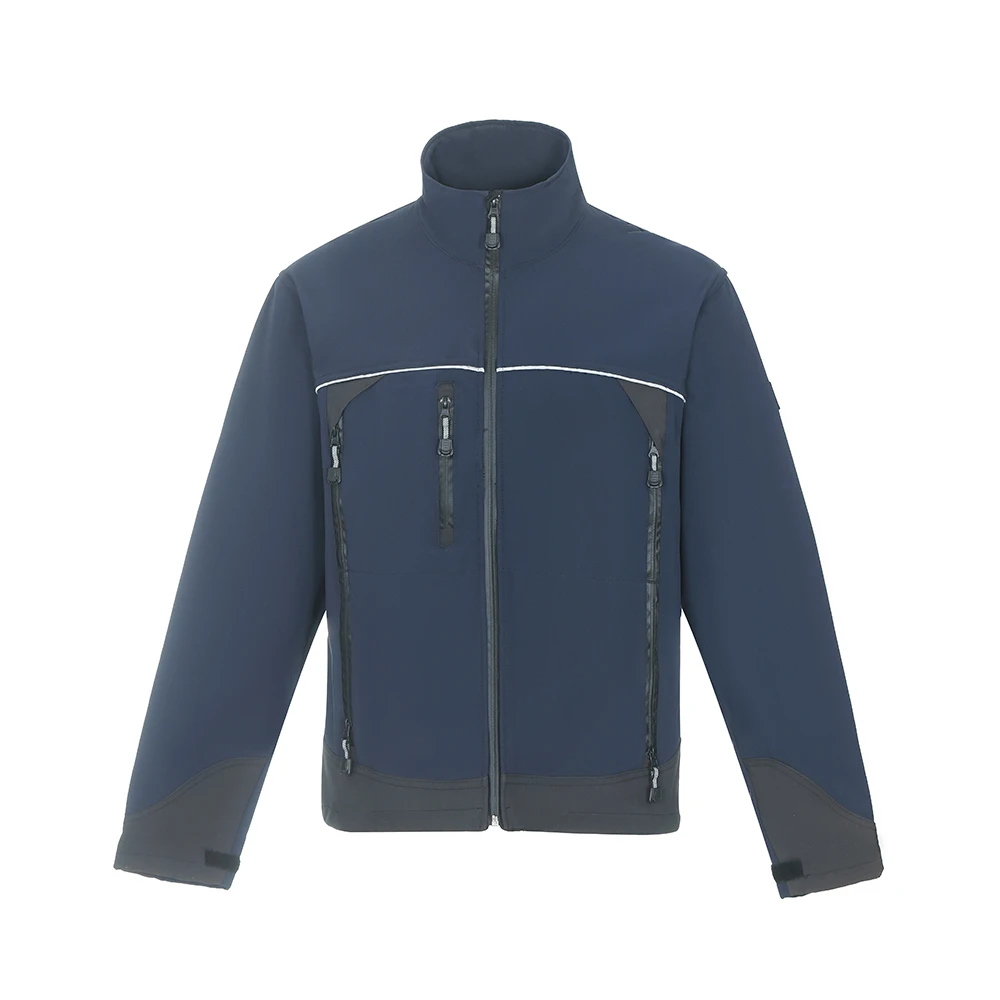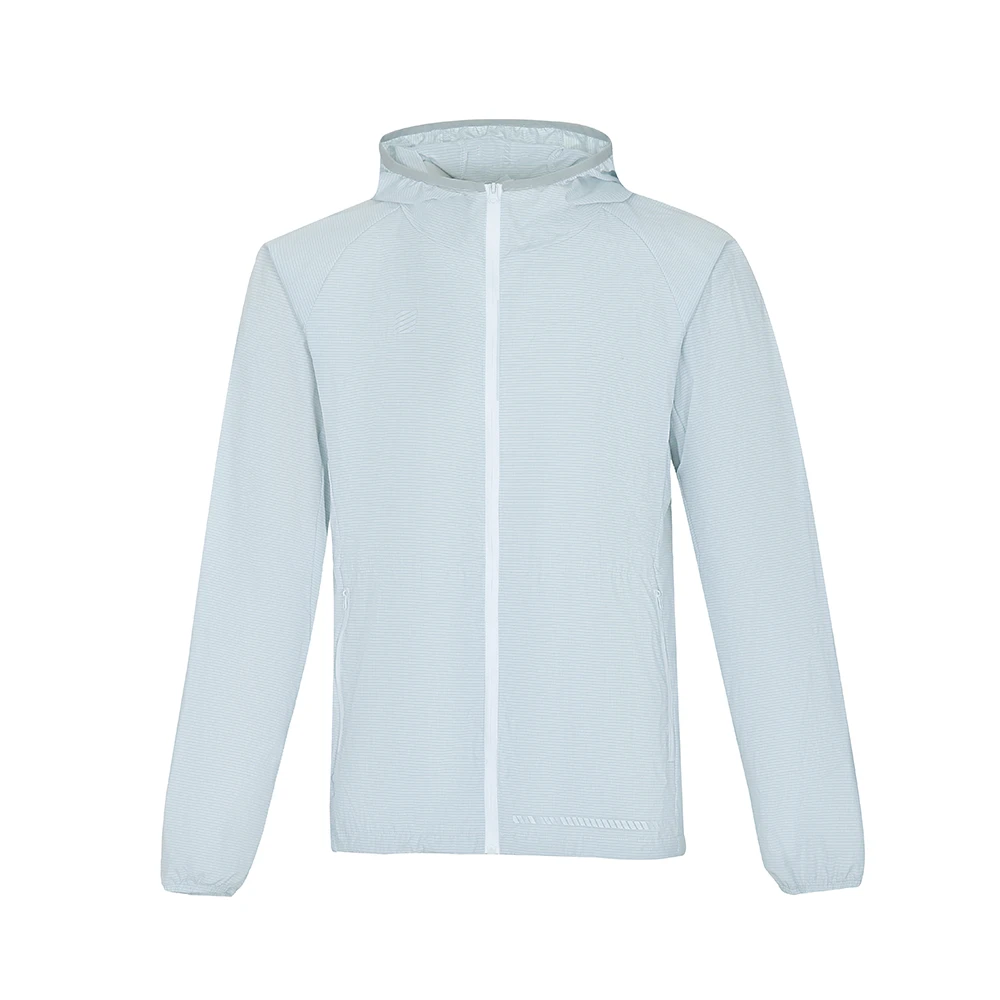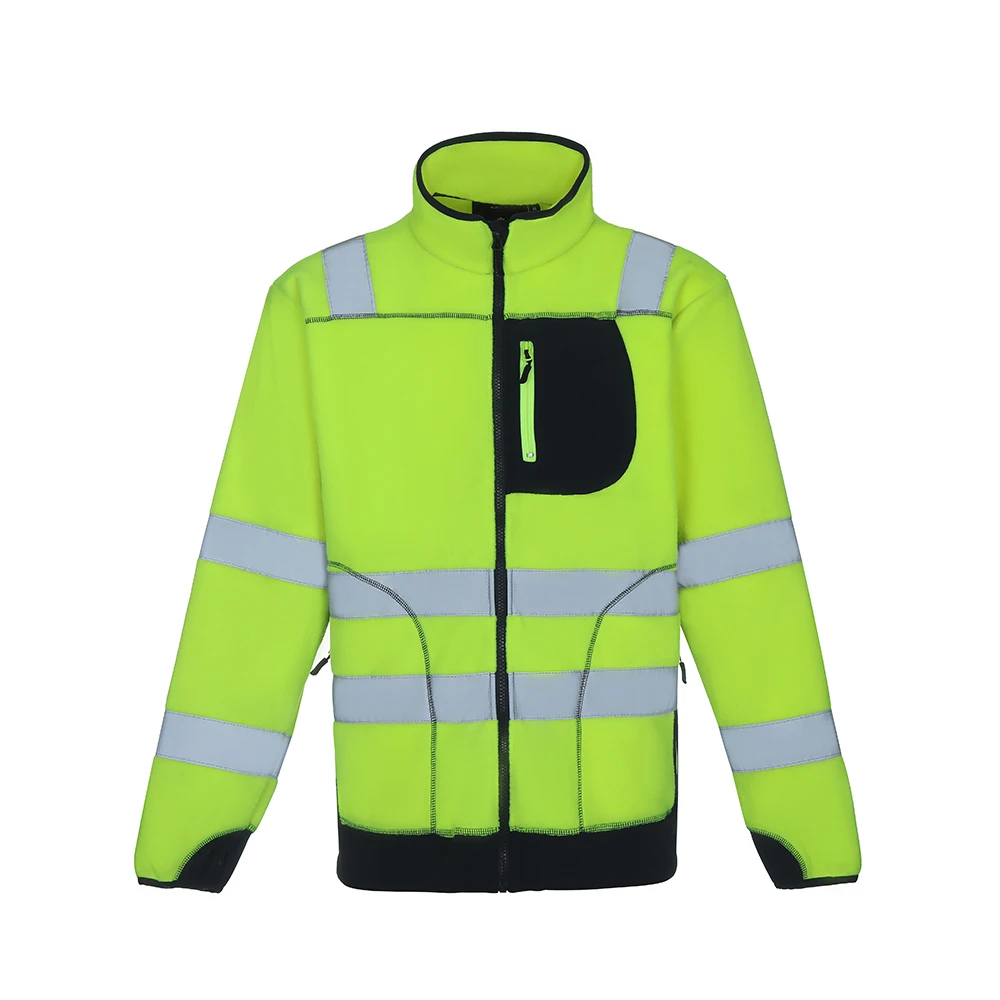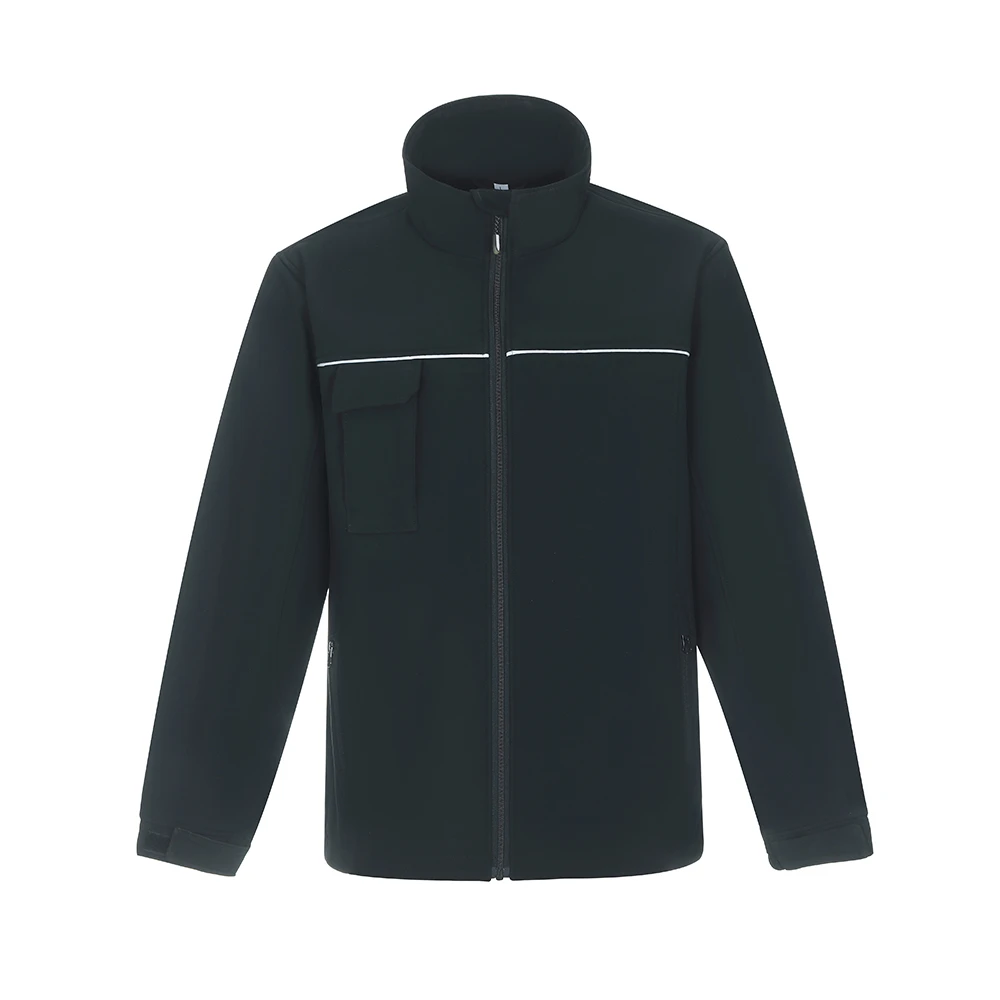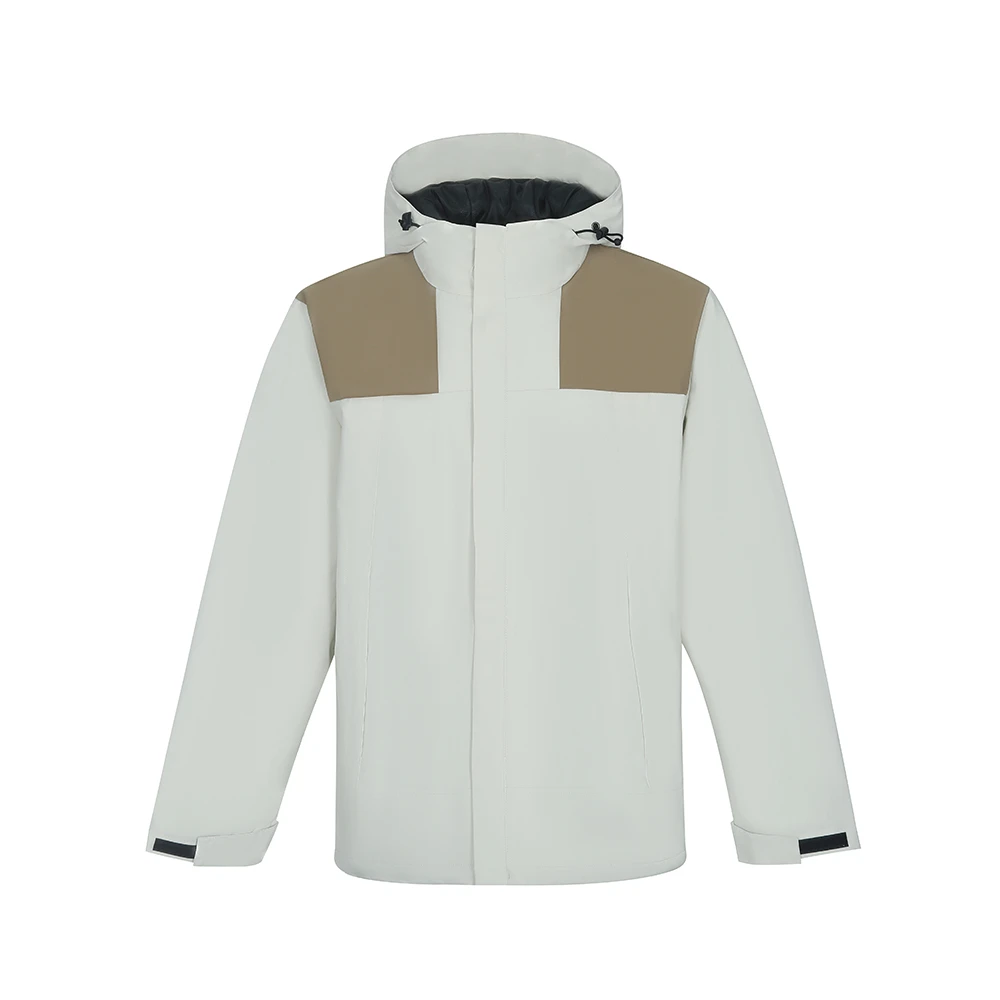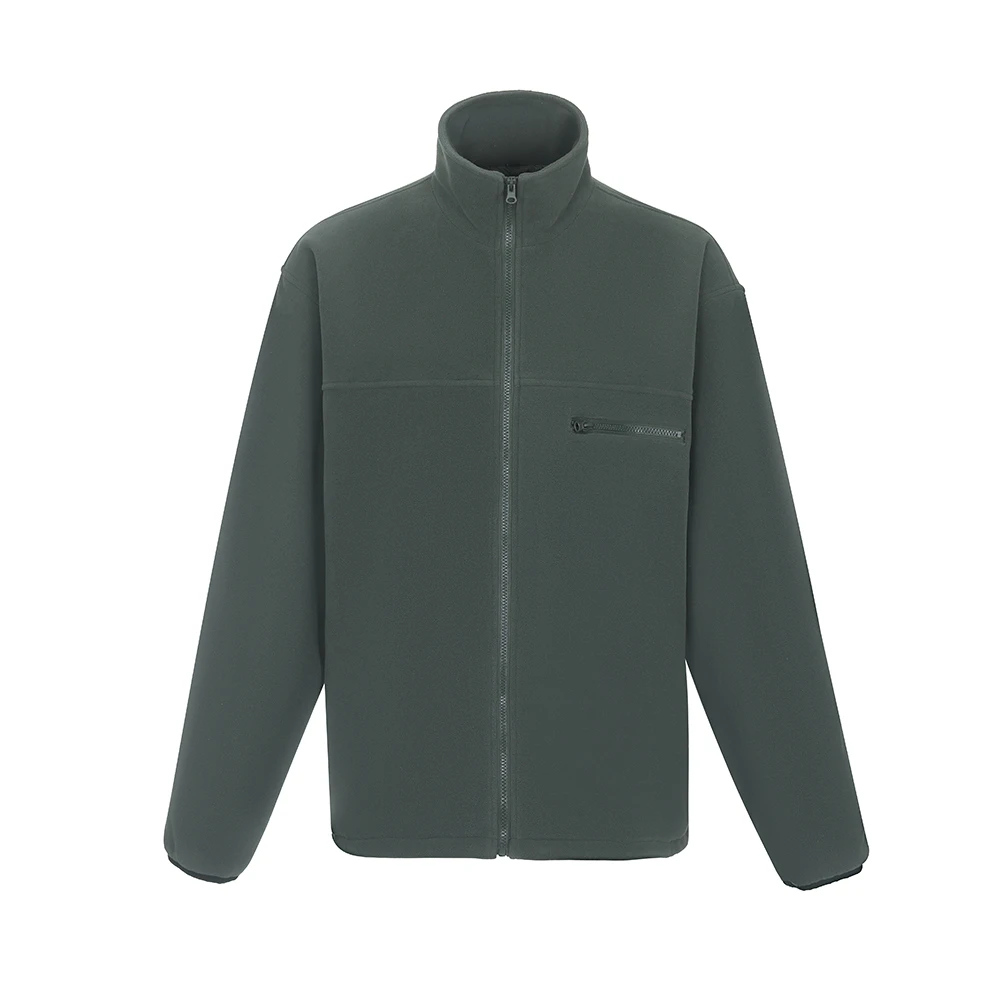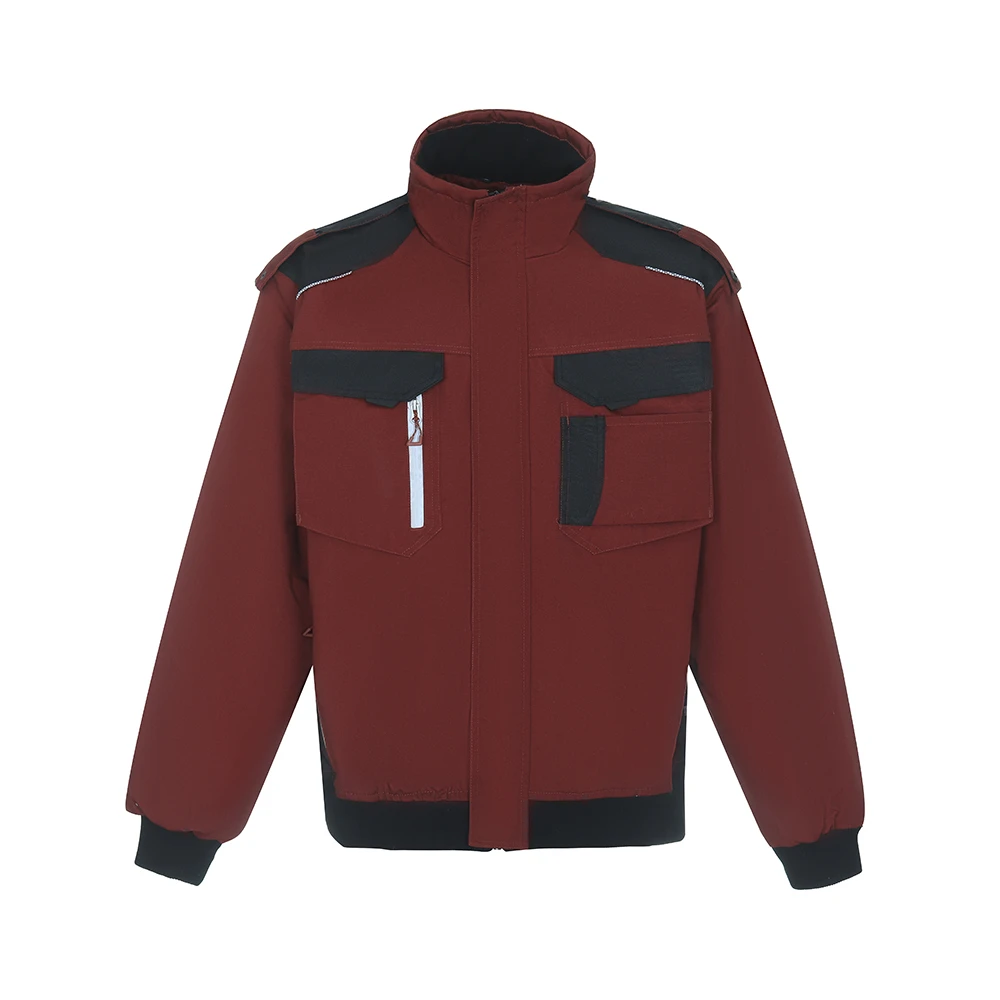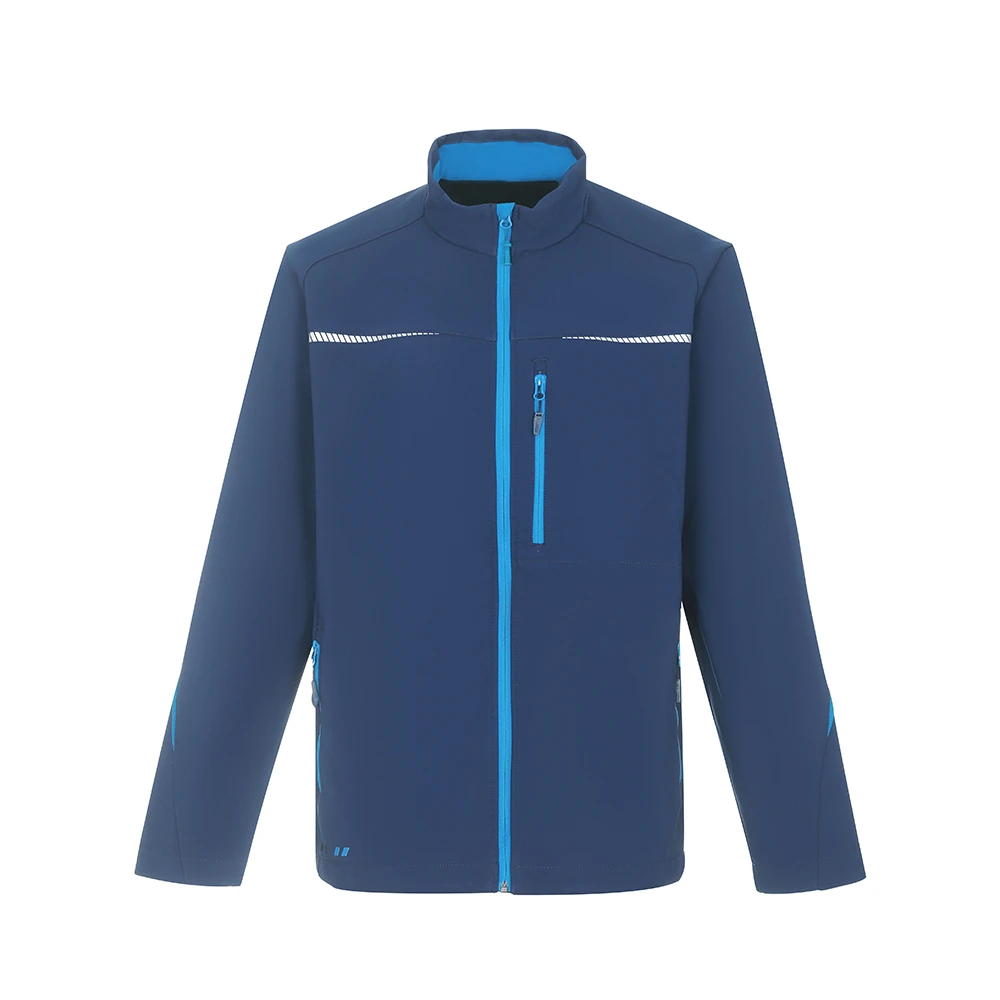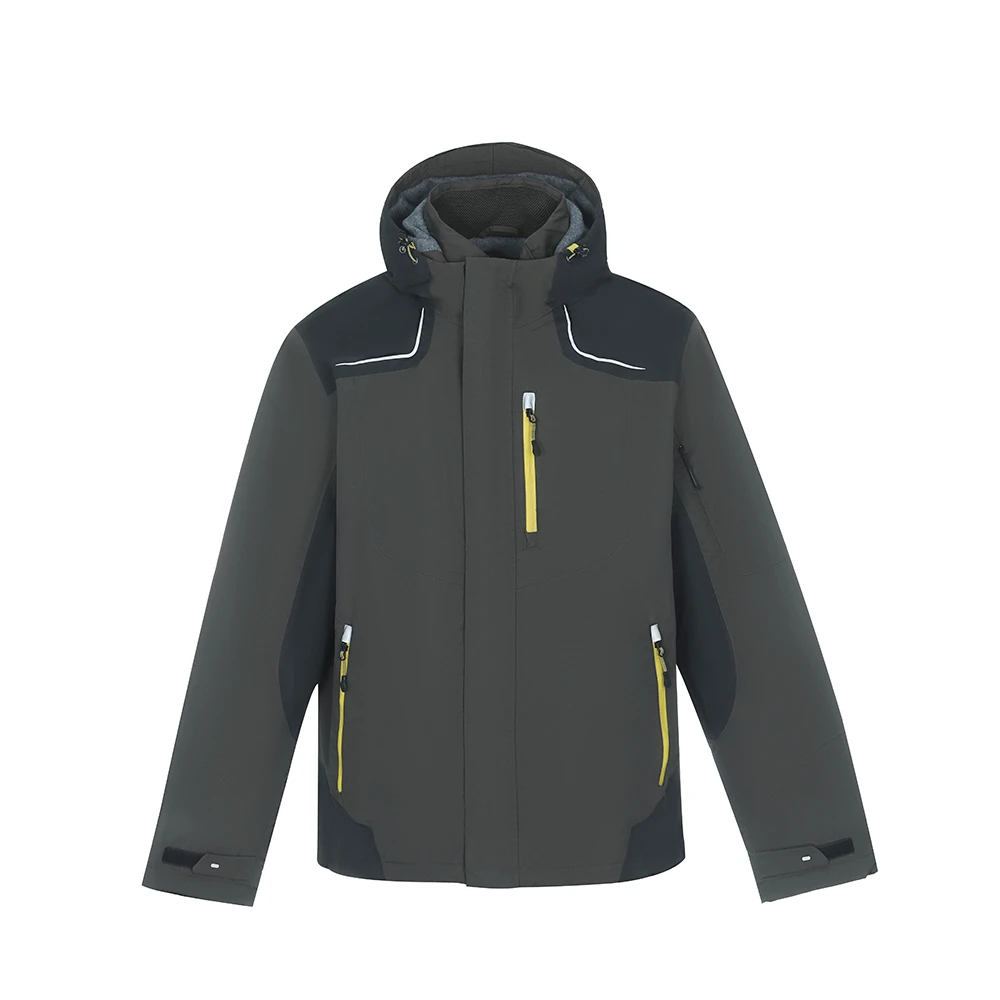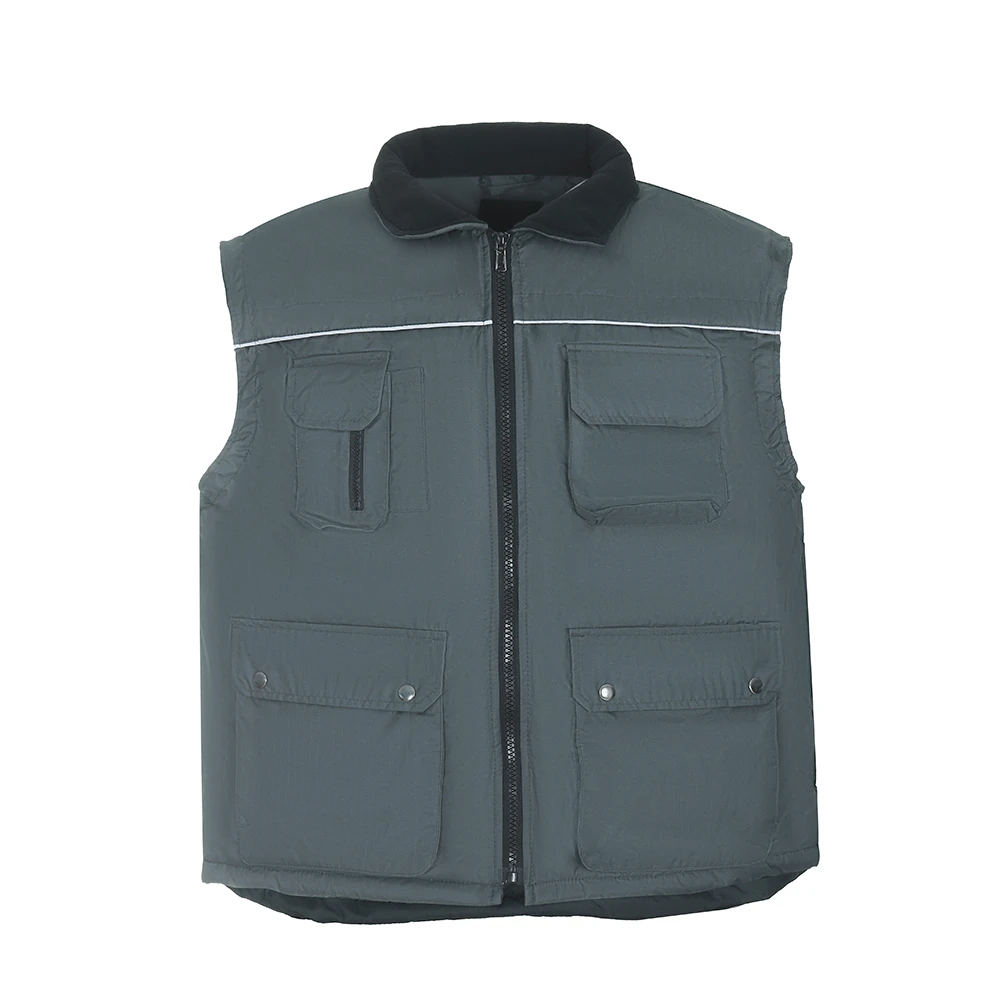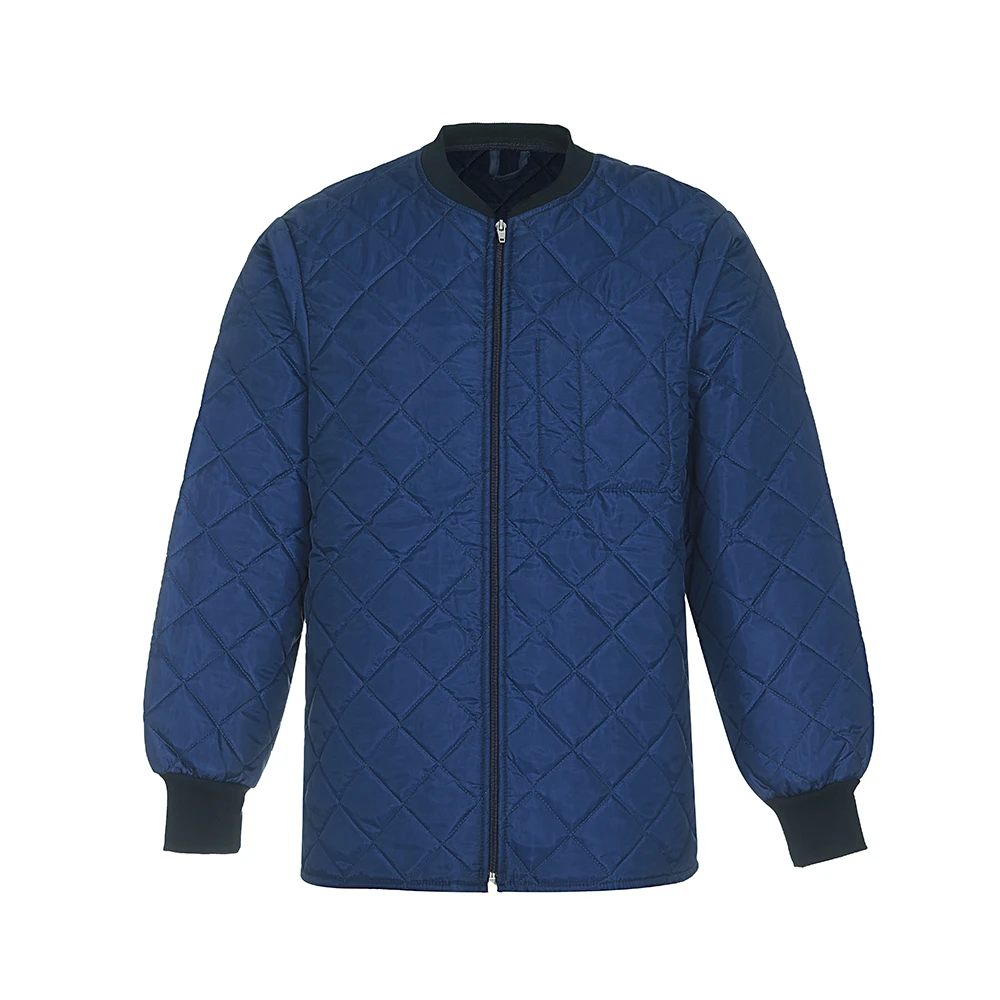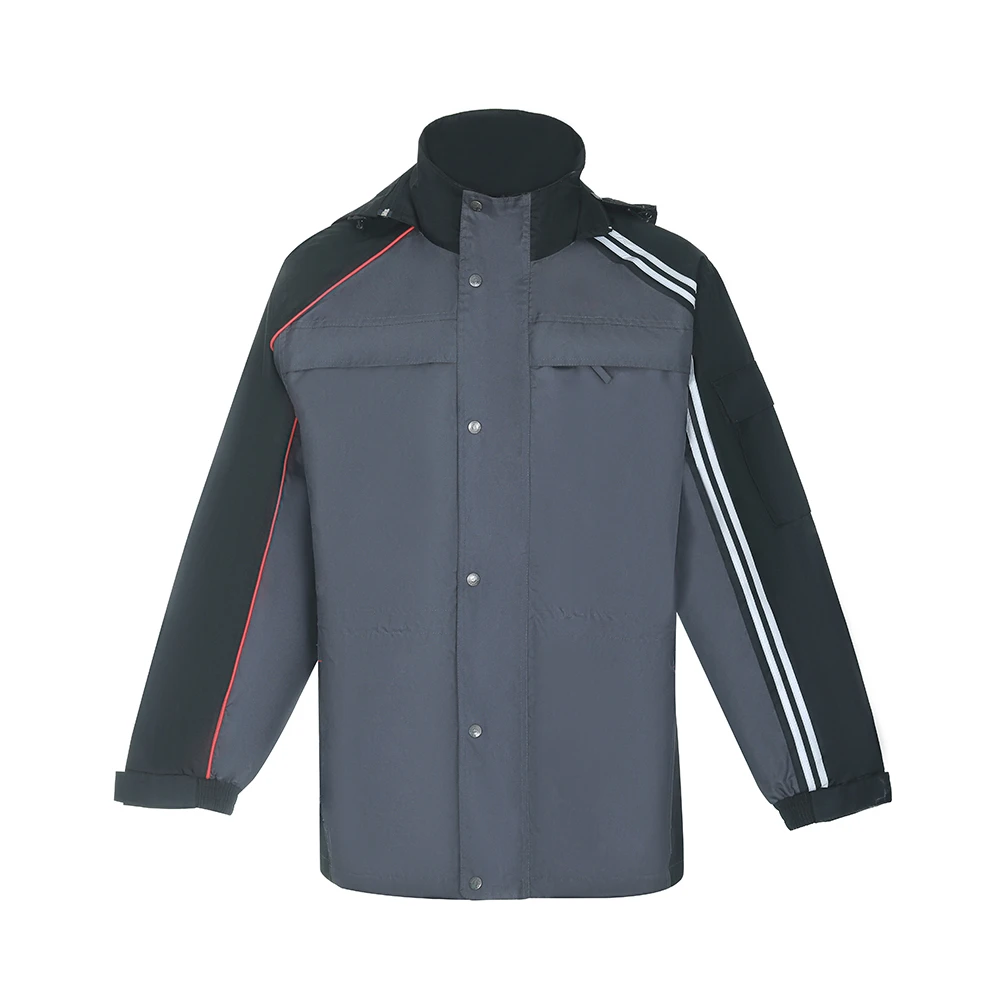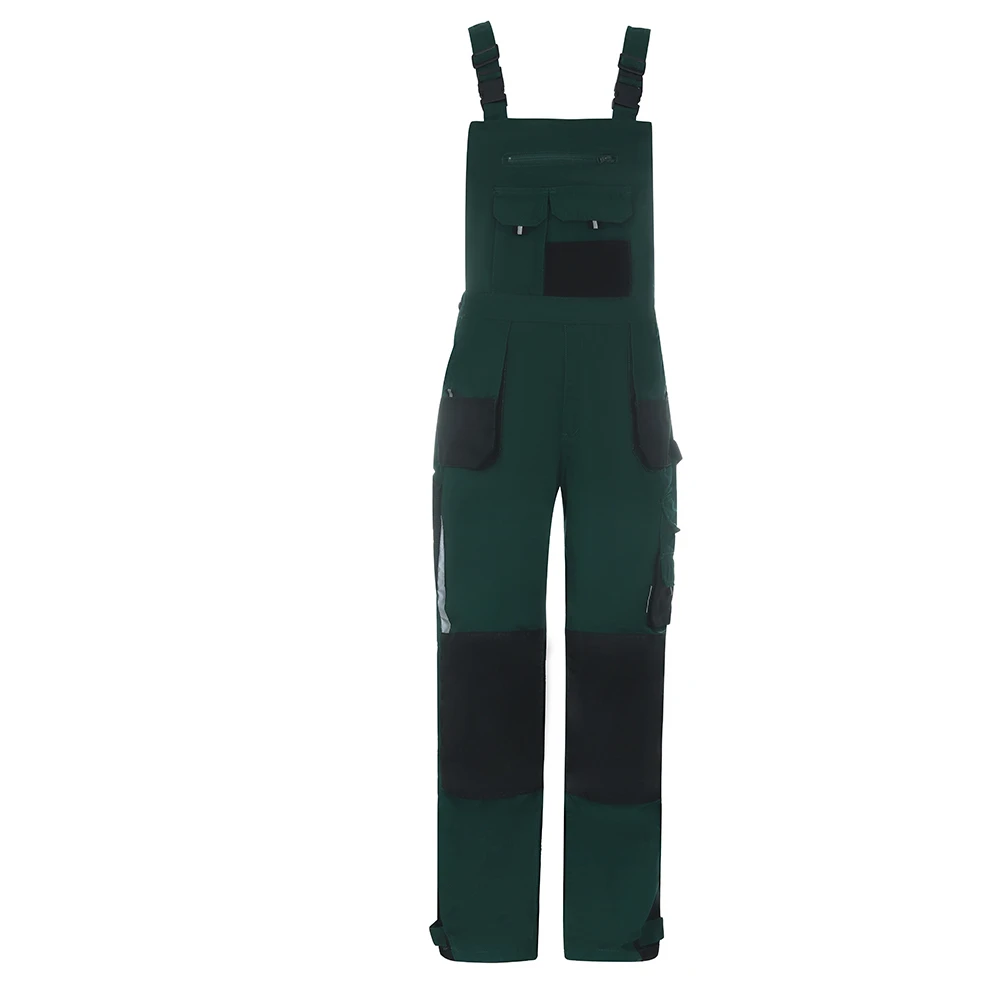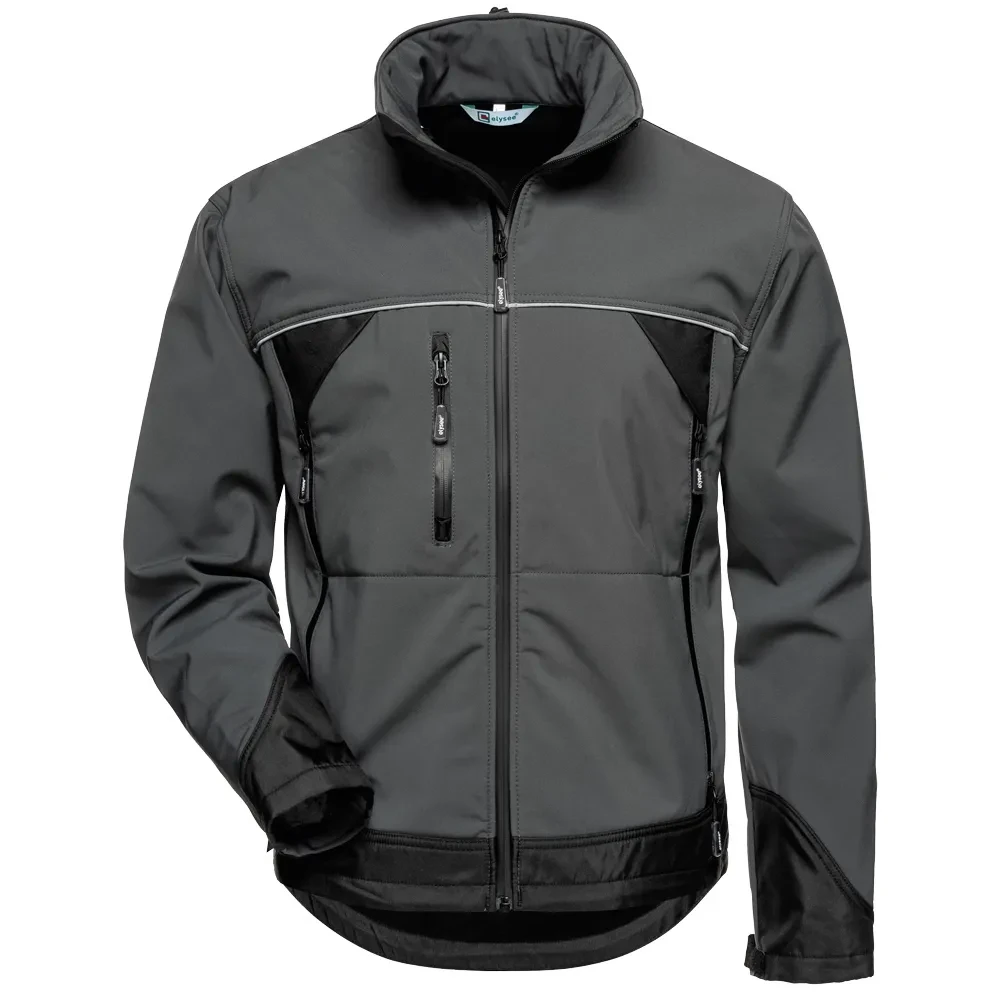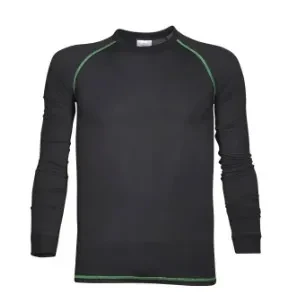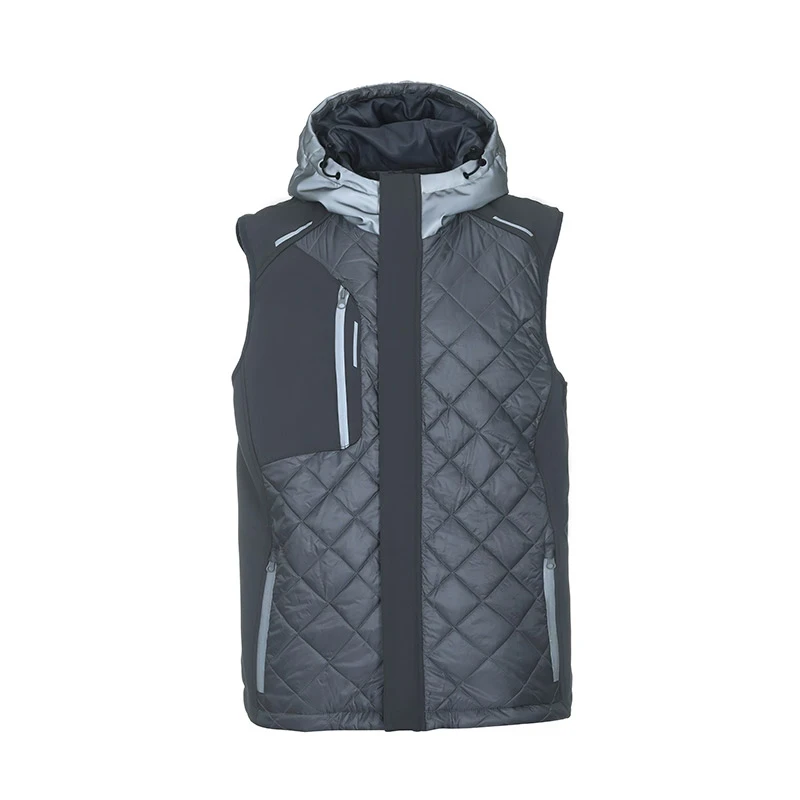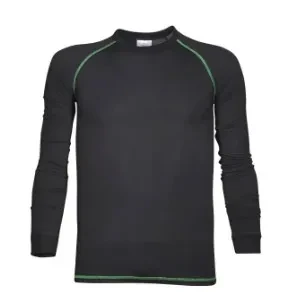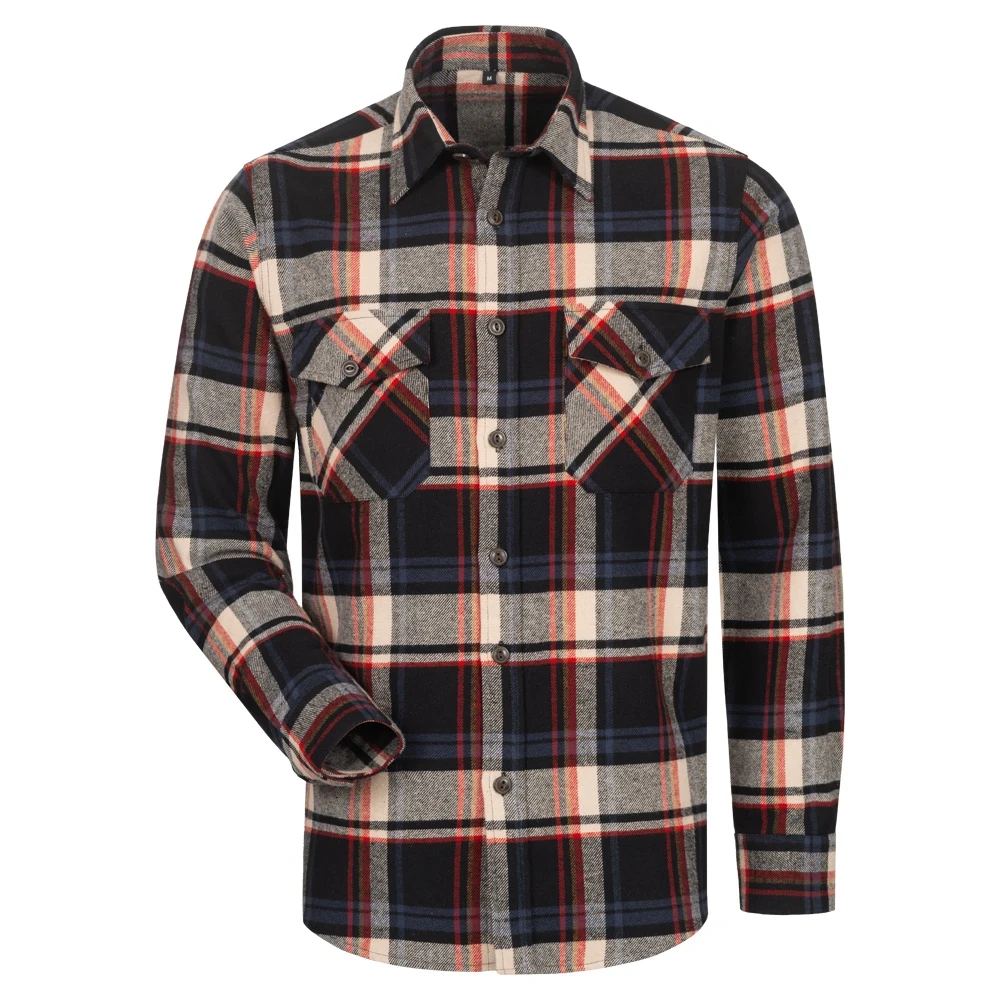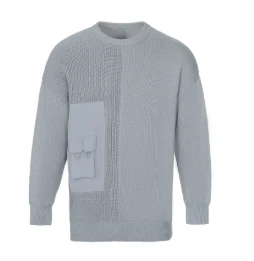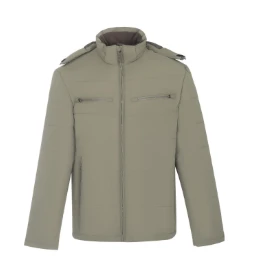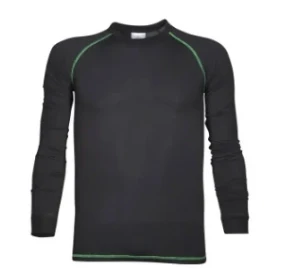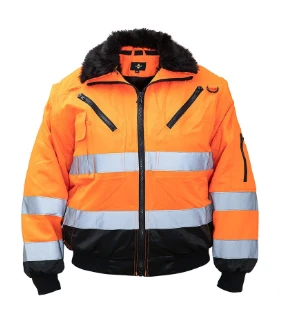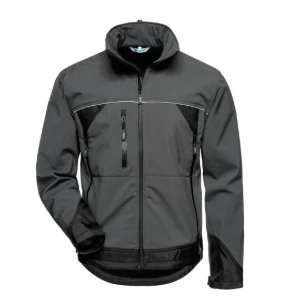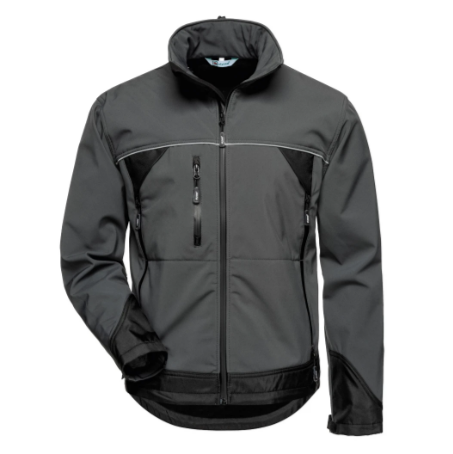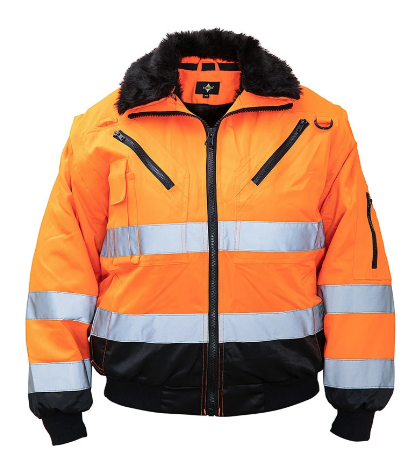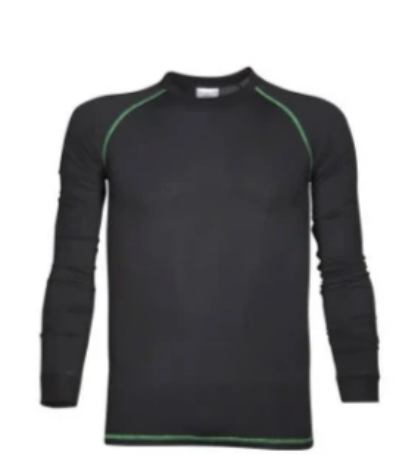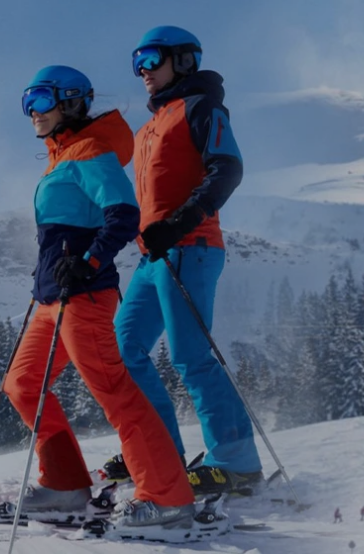Shop Winter Jackets & Vests: Ultimate Warmth & Versatility
The Evolution of Advanced Outerwear: Unveiling the 3 In 1 winter jacket
In the rapidly evolving landscape of professional and industrial protective apparel, the demand for versatile, high-performance outerwear has never been greater. Modern enterprises, spanning logistics, construction, outdoor utility, and emergency services, require garments that offer not only superior protection against harsh climatic conditions but also adaptability for varying operational demands. The 3 In 1 winter jacket stands at the forefront of this innovation, embodying a confluence of cutting-edge textile engineering, ergonomic design, and modular functionality. This advanced garment integrates multiple layers into a singular, adaptable system, typically comprising an outer waterproof and windproof shell and a removable insulating fleece or softshell liner. This strategic design allows for seamless transition between different weather patterns and activity levels, providing optimum comfort and thermal regulation. The contemporary trend in industrial protective wear leans heavily towards solutions that maximize operational efficiency while ensuring worker safety and comfort, making multi-functional garments like the 3 In 1 winter jacket indispensable. Furthermore, advancements in sustainable material sourcing and manufacturing processes are increasingly shaping the industry, with a focus on durability, recyclability, and reduced environmental impact, influencing design and material selection for high-performance outerwear solutions.
The market for specialized cold-weather gear is experiencing robust growth, driven by expansion in sectors that require extensive outdoor operations, from oil and gas exploration in arctic regions to infrastructure development in temperate zones. This growth is paralleled by an increasing emphasis on compliance with international safety standards and corporate social responsibility initiatives, pushing manufacturers to innovate not just in performance but also in ethical production. The 3 In 1 winter jacket specifically addresses these multifaceted requirements by offering a dynamic solution that can be configured as a heavy-duty winter jacket, a lighter insulated jacket, or a standalone waterproof shell, catering to a broad spectrum of environmental conditions from sub-zero temperatures to moderate rain. This modularity significantly reduces the need for multiple specialized garments, streamlining inventory management for procurement departments and enhancing convenience for end-users. Such adaptability ensures that personnel remain adequately protected and comfortable, irrespective of sudden weather shifts or changes in their operational tasks, thereby boosting productivity and minimizing weather-related disruptions in critical B2B operations. The rise of smart textiles and integrated wearable technologies also hints at future innovations, promising even greater functionality and data-driven insights for enhanced safety.
Precision Engineering: The Manufacturing Journey of a 3 In 1 Winter Jacket
The production of a high-performance 3 In 1 winter jacket is a meticulously orchestrated process, far beyond simple garment assembly, involving advanced textile technologies and stringent quality control. It begins with the selection of premium materials designed for specific functional attributes. The outer shell typically utilizes durable, water-resistant, and windproof fabrics such as polyester or nylon, often treated with a Durable Water Repellent (DWR) finish and incorporating a breathable membrane like PTFE (Polytetrafluoroethylene) or PU (Polyurethane) laminate to achieve hydrostatic head ratings suitable for severe weather. For insulation, the inner jacket often features synthetic fills like polyester fibers or advanced insulants that mimic down's warmth-to-weight ratio while maintaining thermal efficiency even when wet. The manufacturing process itself involves precision cutting using automated CAD/CAM systems to optimize fabric yield and ensure component accuracy. Subsequent stages include specialized seam sealing to prevent water ingress, critical for a truly waterproof garment. This often employs heat-applied tape over stitched seams, creating an impenetrable barrier.
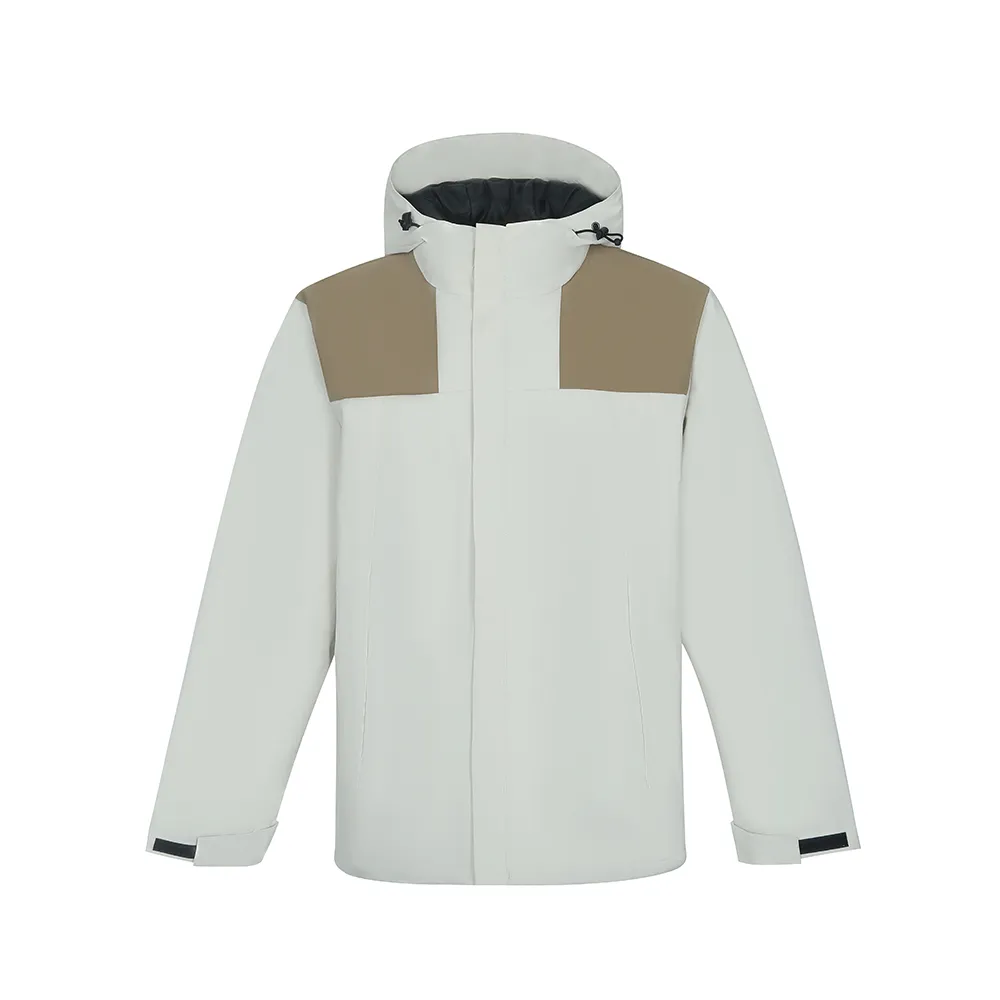
Assembly of the 3 In 1 winter jacket involves highly skilled tailoring and bonding techniques, ensuring the seamless integration of the outer shell, inner liner, and detachable components like hoods and sleeves. Advanced sewing machines handle heavy-duty fabrics, while automated quilting machines ensure uniform distribution of insulation in the inner jacket, preventing cold spots. Quality control is paramount throughout, encompassing fabric tensile strength tests, tear resistance, colorfastness, and water penetration resistance (e.g., AATCC 22, ISO 811). Finished garments undergo comprehensive inspection, including seam integrity, zipper functionality, and overall fit and finish, adhering to international standards like ISO 9001 for quality management and ASTM F2731 for cold weather protective ensembles. The lifespan of a well-manufactured vest winter jacket or winter jacket vest can exceed five years in demanding industrial environments, largely due to robust construction and material resilience. These garments find critical applications across diverse industries such as logistics, construction, general utilities, and maintenance services, where workers face challenging outdoor conditions. The primary advantages include superior thermal regulation, resistance to abrasion, and enhanced worker safety through features like reflective piping and high-visibility options, ensuring consistent performance and prolonged durability in the field.
Technical Specifications and Performance Advantages
The technical prowess of a premium 3 In 1 winter jacket is defined by its meticulous material selection and performance parameters. Typical specifications include an outer shell fabric with a hydrostatic head rating of 10,000mm to 20,000mm, indicating its water resistance under pressure, coupled with a Moisture Vapor Transmission Rate (MVTR) of 5,000 to 15,000 g/m²/24h for breathability, allowing perspiration to escape while preventing external moisture ingress. The inner insulating jacket generally features a fill power equivalent to 600-800 for down or 150-250 gsm (grams per square meter) for synthetic insulation, providing substantial warmth in temperatures ranging from -10°C to -30°C. Key components like YKK waterproof zippers, adjustable cuffs with hook-and-loop fasteners, and ergonomic hood designs with drawcords contribute significantly to the jacket's overall weather sealing and user comfort. These jackets are engineered not just for warmth, but for dynamic protection across a spectrum of professional tasks.
| Parameter | Measurement Unit | Typical Range/Value | Significance |
|---|---|---|---|
| Hydrostatic Head Rating (Outer Shell) | mm | 10,000 - 20,000+ | Indicates water resistance; higher is better for heavy rain/snow. |
| Moisture Vapor Transmission Rate (MVTR) | g/m²/24h | 5,000 - 15,000+ | Breathability; higher means better moisture wicking. |
| Insulation Type | N/A | Synthetic (e.g., Polyester), Down/Feather blend | Provides thermal barrier; synthetic maintains warmth when wet. |
| Insulation Weight/Fill Power | gsm / Fill Power | 150-250 gsm (synthetic), 600-800 (down) | Directly impacts warmth; higher values indicate more insulation. |
| Abrasion Resistance | Martindale Cycles | >20,000 | Durability against wear and tear in demanding environments. |
| Seam Sealing | N/A | Fully Taped Seams | Critical for waterproof integrity, preventing water penetration at stitches. |
The technical advantages of such a product are significant for B2B applications. Energy efficiency, though not directly applicable as in industrial machinery, can be understood in terms of minimizing worker downtime due to discomfort or illness, thereby enhancing overall operational throughput. The exceptional durability and resistance to harsh elements like extreme cold, heavy precipitation, and strong winds reduce the frequency of garment replacement, leading to cost savings over time for businesses. The integrated design, offering distinct layers for specific weather conditions, means a single inventory item can fulfill the roles of multiple jackets, optimizing procurement and logistics. Moreover, the ergonomic fit and freedom of movement are crucial for tasks requiring dexterity and physical exertion. For sectors requiring specialized protective apparel, such as the utility sector, where workers face diverse outdoor conditions daily, a winter jacket vest configuration or full winter jacket provides adaptable protection, from mitigating exposure to sub-zero temperatures to providing a barrier against corrosive elements encountered in industrial settings, ensuring both safety and productivity across a broad range of operational scenarios. This comprehensive protection extends the operational window for outdoor work, allowing projects to proceed even in challenging climates.
Versatile Applications and Industry Adoption
The adaptability of the 3 In 1 winter jacket makes it an indispensable asset across a multitude of industrial and commercial applications where personnel are exposed to diverse environmental conditions. In the construction sector, where projects often continue through inclement weather, these jackets provide robust protection against rain, snow, and wind, ensuring worker comfort and safety while maintaining operational efficiency. For logistics and transportation companies, particularly those involved in cold chain management or long-haul deliveries in varying climates, the modularity of a vest winter jacket allows drivers and warehouse staff to adjust their attire quickly to indoor and outdoor temperature fluctuations. In the utilities sector, including power generation, telecommunications, and water infrastructure, field engineers and technicians routinely face unpredictable weather during maintenance and repair operations. The jacket's ability to transition from a fully insulated garment to a lightweight shell makes it ideal for roles demanding agility and protection from both cold and wet conditions.

Furthermore, the 3 In 1 winter jacket is gaining significant traction in the public safety domain, equipping emergency responders, law enforcement, and search and rescue teams who operate in unpredictable and often extreme environments. Its durability and high-visibility options enhance safety during critical operations. The mining and natural resources sector, especially in cold regions, heavily relies on such robust outerwear to protect workers from extreme cold and rugged conditions, mitigating risks associated with hypothermia and frostbite. Even in less extreme, but equally demanding, environments such as event management or facility maintenance, where personnel may spend extended periods outdoors, the versatility of these jackets ensures comfort and professional appearance. The practical advantages of this modular design extend to cost-effectiveness; instead of procuring separate waterproof shells, insulated jackets, and mid-layer fleeces, businesses can invest in a single, multi-purpose garment, simplifying inventory, reducing procurement cycles, and yielding significant long-term savings while maximizing the utility and comfort for the wearer across varied professional settings. This consolidated solution minimizes equipment clutter and streamlines deployment for a wide array of outdoor-oriented roles.
Manufacturer Landscape and Customization Capabilities
The market for industrial-grade winter jacket solutions is populated by several key players, each offering unique strengths in materials, design, and specialization. While some manufacturers excel in high-visibility safety wear compliant with ANSI/ISEA 107 standards, others focus on extreme cold weather gear, integrating advanced insulations and proprietary waterproofing membranes. Distinguishing between manufacturers often comes down to their commitment to specific performance metrics, sustainability practices, and the depth of their customization services. A critical factor for B2B buyers is the ability to tailor products to specific organizational needs, including corporate branding, specific functional enhancements, or specialized protective features. For instance, companies like QS Clothing, with their expertise in professional outerwear, offer comprehensive customization solutions for their 3 In 1 winter jacket line, ranging from logo embroidery and heat transfers for branding consistency to bespoke design modifications for unique operational requirements. This includes options for specialized pockets, reinforced stress points, or integrating specific communication system conduits.
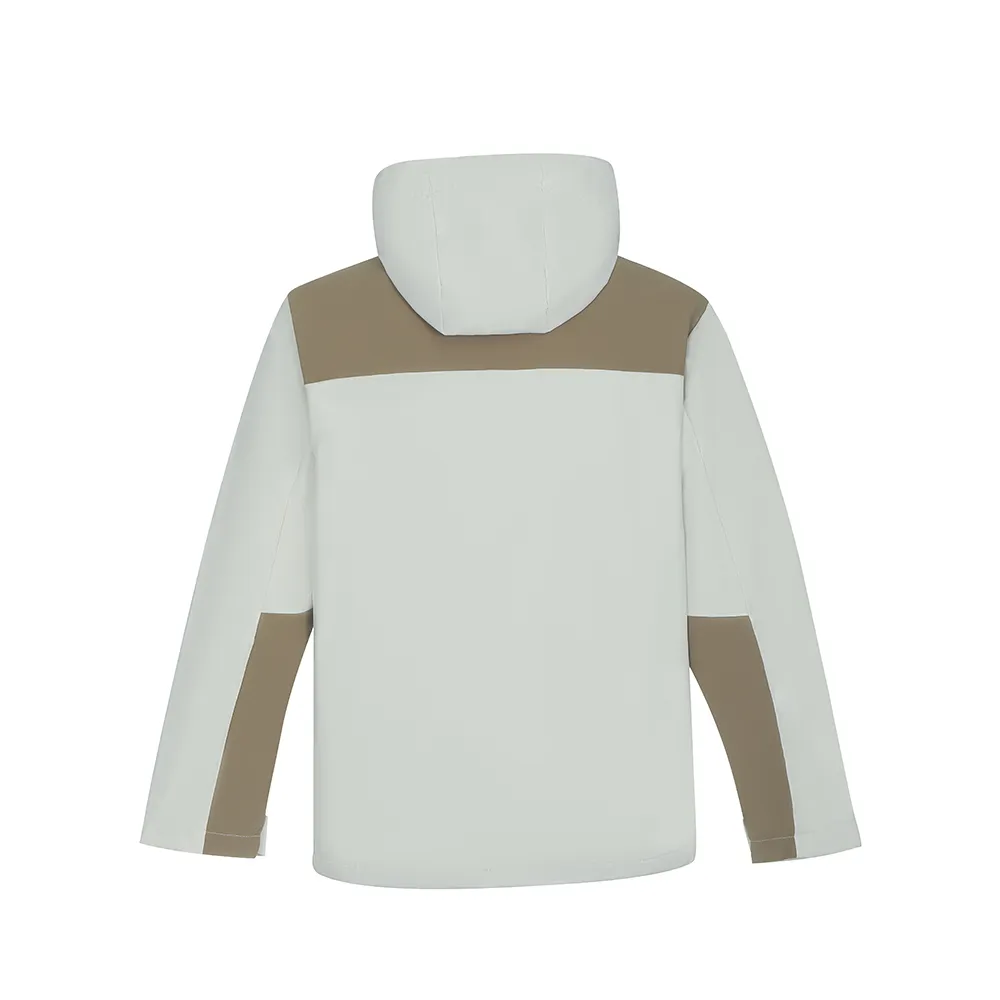
A key differentiator for B2B procurement is the manufacturer's ability to provide end-to-end solutions, from design consultation and material sourcing to large-volume production and logistical support. Customization extends beyond aesthetics; it can involve specific material upgrades for enhanced durability in abrasive environments, integration of specialized reflective elements beyond standard requirements, or ergonomic adjustments for particular work postures. For instance, a vest winter jacket could be customized with additional internal pockets for specialized tools, while a full winter jacket vest might feature a modular hood system compatible with safety helmets. This level of bespoke service ensures that the outerwear aligns perfectly with a company's safety protocols, brand identity, and the practical demands of its workforce, optimizing both utility and corporate image. Partnering with a manufacturer capable of delivering such tailored solutions provides a competitive edge, ensuring that the investment in protective apparel translates directly into enhanced worker performance, safety compliance, and a unified professional appearance across the organization. Case studies demonstrate that organizations leveraging custom outerwear report higher employee satisfaction and reduced instances of equipment-related issues in challenging climates.
Ensuring Trust and Authority: Guarantees and Support
For B2B clients, the decision to invest in high-performance outerwear like the 3 In 1 winter jacket extends beyond mere product specifications; it encompasses the trustworthiness and reliability of the supplier. A reputable manufacturer demonstrates authority through various certifications and robust support systems. QS Clothing, for instance, adheres to ISO 9001 quality management standards, ensuring consistent production quality and adherence to specified performance metrics. Furthermore, products often undergo rigorous independent testing to comply with international safety standards such as ASTM F2731 for cold weather protective apparel, and CE or EN standards for Personal Protective Equipment (PPE) where applicable, which provides a verifiable benchmark for performance and safety. Long-standing partnerships with industry leaders and a track record of serving diverse industrial clients over many years underscore a manufacturer's experience and reliability. Detailed test reports and data analyses, often available upon request, provide transparency regarding material performance, seam strength, and thermal insulation ratings, allowing procurement teams to make informed, data-driven decisions.
Key aspects of trustworthiness include clear communication regarding delivery cycles, which are crucial for timely deployment of new gear, especially for large-scale operations or seasonal procurements. Typical lead times for custom orders might range from 4-8 weeks, depending on complexity and volume, with readily available stock items shipping within days. Comprehensive warranty policies, covering manufacturing defects and material failures for a specified period (e.g., 1-3 years), provide assurance and protect the client's investment. Dedicated customer support, including pre-sales consultation, technical assistance, and post-sales service, ensures a seamless experience and addresses any operational queries promptly. A transparent FAQ section clarifies common questions about product care, sizing, and specific features, further building client confidence. For instance, common FAQs might address the best cleaning practices for maintaining waterproofing, how to properly layer with a winter jacket vest, or troubleshooting minor issues. This holistic approach, combining certified quality with responsive support and clear assurances, solidifies a manufacturer's reputation as a reliable partner in providing essential protective gear for challenging environments, ensuring that the 3 In 1 winter jacket truly meets the demands of rigorous industrial use and provides long-term value.
Frequently Asked Questions (FAQ)
A1: The primary advantage is versatility. A 3 In 1 winter jacket combines a waterproof outer shell with a removable insulated inner jacket. This allows users to wear them together for maximum warmth and protection in extreme cold, the shell alone for rain protection in milder weather, or the inner jacket as a lightweight insulator. This modularity adapts to varying weather conditions and activity levels, reducing the need for multiple specialized garments.
Q2: How do I choose the right size for my team?A2: We recommend consulting our detailed sizing chart, which includes measurements for chest, waist, and sleeve length. It's often beneficial to consider the layers worn underneath the winter jacket. For large orders, we can provide samples for fitting sessions to ensure optimal comfort and mobility for your entire team. Proper fit is crucial for maximizing thermal performance and freedom of movement in a vest winter jacket configuration.
Q3: What maintenance is required to prolong the lifespan of the jacket?A3: To maintain the performance and longevity of your winter jacket, it's essential to follow the care instructions on the garment label. Generally, this involves machine washing with a technical detergent designed for waterproof fabrics, avoiding fabric softeners, and tumble drying on low heat or line drying. Regular reapplication of a DWR (Durable Water Repellent) treatment is recommended to maintain the outer shell's water repellency, especially for jackets used frequently in wet conditions.
Q4: Are these jackets suitable for extreme cold environments, such as arctic conditions?A4: While the 3 In 1 winter jacket provides substantial warmth, its suitability for extreme arctic conditions depends on the specific insulation fill and layering strategy. Our high-performance models with superior insulation (e.g., 200+ gsm synthetic fill or high fill-power down) are designed for severe cold down to -30°C. For prolonged exposure in true arctic conditions, additional thermal base layers and mid-layers are highly recommended to achieve optimal protection and comfort.
Conclusion: The Future of Professional Outerwear
The 3 In 1 winter jacket represents a pinnacle of innovation in professional outerwear, offering an unparalleled combination of versatility, protection, and comfort crucial for demanding B2B applications. Its sophisticated design, incorporating advanced materials and meticulous manufacturing processes, ensures exceptional performance across a spectrum of challenging weather conditions and operational requirements. From robust waterproofing and superior insulation to modular adaptability, this garment is engineered to meet the stringent demands of industries ranging from construction and logistics to utilities and emergency services. The capability for extensive customization further enhances its value, allowing businesses to tailor the jackets to specific brand guidelines, functional needs, and safety standards, thereby solidifying corporate identity while simultaneously boosting worker morale and productivity. As industries continue to seek efficient, durable, and versatile solutions for their workforce, the 3 In 1 winter jacket stands out as a strategic investment that significantly contributes to operational continuity, worker safety, and long-term cost efficiency. Choosing a reputable manufacturer with a proven track record of quality, comprehensive support, and adherence to international certifications ensures that this vital piece of protective equipment delivers reliable performance and measurable benefits in even the most unforgiving environments.
References
- American Society for Testing and Materials (ASTM) International. ASTM F2731-11: Standard Test Method for Measuring the Thermal Insulation of Clothing Using a Heated Manikin. ASTM International, 2011.
- International Organization for Standardization (ISO). ISO 9001:2015: Quality Management Systems – Requirements. ISO, 2015.
- European Committee for Standardization (CEN). EN 343:2019: Protective clothing – Protection against rain. CEN, 2019.
- International OEKO-TEX Association. OEKO-TEX Standard 100: Confidence in Textiles. OEKO-TEX, current edition.
- American Association of Textile Chemists and Colorists (AATCC). AATCC Test Method 22: Water Repellency: Spray Test. AATCC, current edition.


